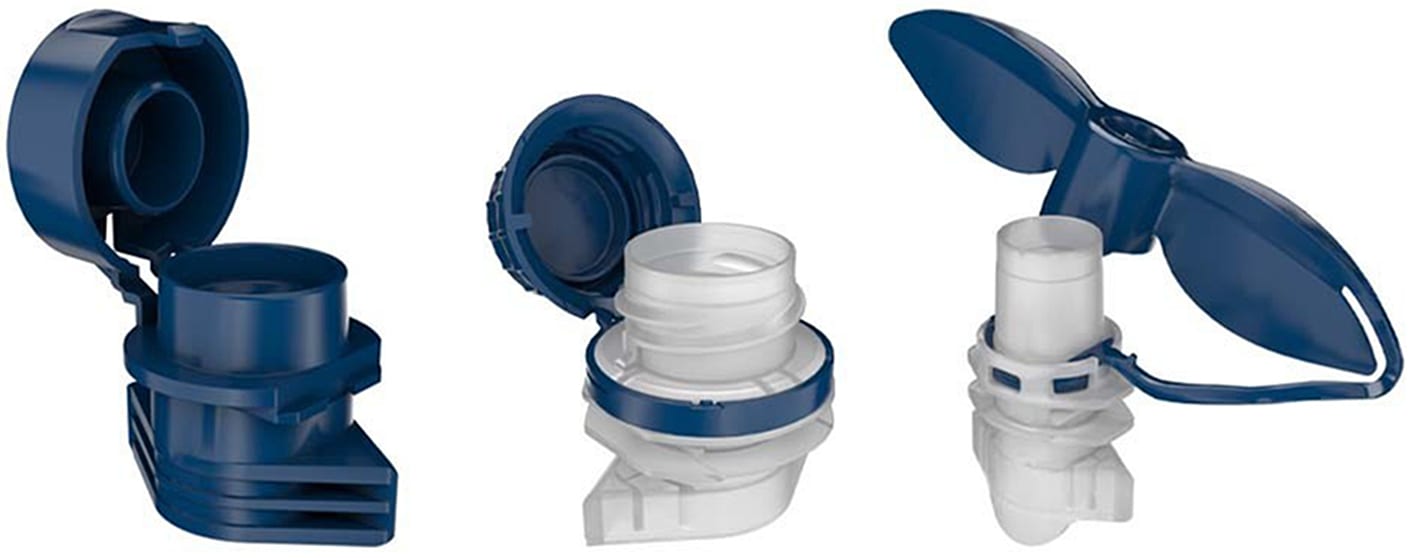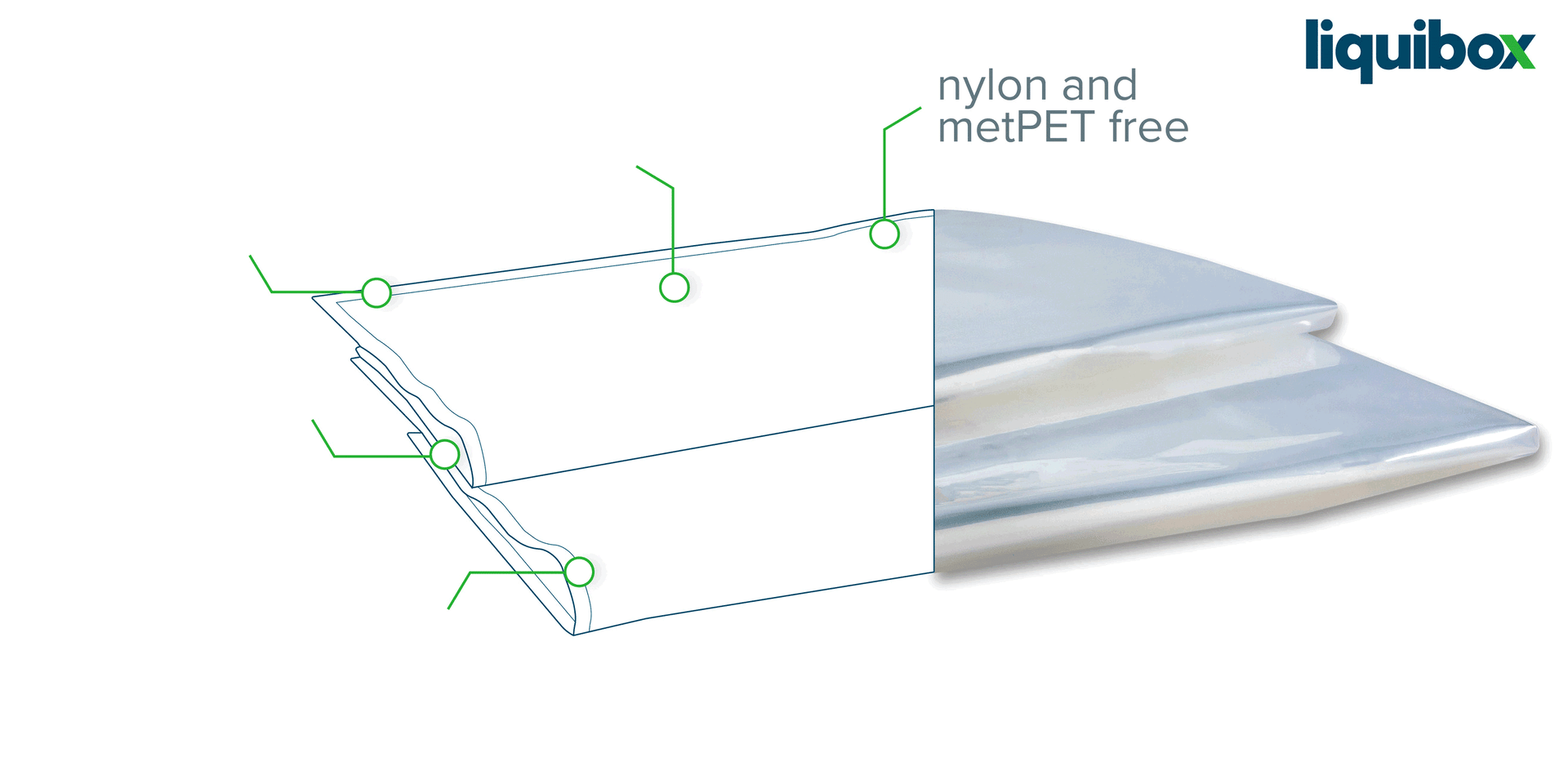

Getting Back to Business
It’s not that business stopped with the onset of the COVID-19 pandemic, but thanks to medical advances, this year’s top 25 converters were able to take things out of idle and put it back in drive.

From ESGs to an uptick in M&As, 2021 was largely a bounce back year for the flexible packaging industry after a 2020 that remained relatively status quo as companies waded through the COVID-19 pandemic.
The pandemic isn’t yet over, but medical science has developed vaccines and treatments that largely prevent severe illness from the virus. As a result, the world has been able to get back to business — and business is good.
As the industry continues its ascent, you’ll notice that the top 25 converters on this year’s list (based on the 2021 calendar year) are largely posting revenue that exceeds what they’ve done in the past. While some are quick to admit that some of this revenue increase is tied price hikes due to inflation, you can’t ignore the industry’s overall upward trajectory.

ProAmpac’s ProActive line of films include films that are recyclable, films made with recycled content, films that are compostable, and films that are created from bio-based sources.
Research suggests that flexible packaging represents only about 20 percent of the total U.S. packaging industry, but it’s the second largest segment behind corrugated paper, per data from the Flexible Packaging Association. The flexible format leading the way is none other than the standup pouch. Per Transparency Market Research, the global standup pouch market was valued at about $4.5 billion in 2021 – and it’s expected to increase at a CAGR of 6.8 percent from 2022 through 2026, where it’s eventually expected to eclipse the $6.3 billion mark.
Read on to learn more about some of the key trends in flexible packaging in 2021 and how some of this year’s top 25 converters were able to capitalize on them.
Eco Flexibles
Sustainability has been a trend for some time now in the flexible packaging space, but it’s a trend that’s since accelerated as more and more consumers favor products that are designed and made with the planet in mind.
In fact, according to the 2021 Global Sustainability Study from Simon-Kucher & Partners, 85 percent of the surveyed population indicated that they’ve changed their purchase behavior toward more sustainable-minded brands in the last five years — and Millennials and Gen Z’ers are the generations at the backbone of this paradigm shift.
Many of the top 25 converters are continuing to invest in sustainable films and use less material to do more with their packaging.

Scholle’s new tethered fitment solutions use less material and eliminate the loose fitment material that otherwise wouldn’t likely be recycled.
Winpak is broadening the availability of Ultra-Pure Recycled (UPR) Polypropylene, which contains post-consumer recycled content using a process that’s designed to transform this waste into like-new material so it can continuously be reused.
ProAmpac continues to invest in its ProActive Recyclable R-200F laminate film, which it launched in 2021 as the newest member of its ProActive Sustainability family of films. Packaging created via the ProActive film family all qualifies for store drop-off recycling. R-2000F is specifically suited for frozen food flexible packaging.
And TC Transcontinental continues to develop – and receive accolades for — its sustainability efforts. The company is just one of the converters that you’ll find in this year’s top 25 that have committed to creating flexible packaging that is 100 percent recyclable, reusable or compostable by 2025. An accredited member of the Pet Sustainability Coalition (PSC), TC earned “Top Performance” marks from the PSC for its environmental focus and work toward the U.N.’s Sustainable Development Goals in 2021.
Aside from investing in developing more sustainable packages, many of the converters on this year’s list also formally released Environmental, Social and Governance (ESG) reports or Sustainability Reports to demonstrate to current and potential clients the measures they’re taking to help the planet.

Liquibox’s Liquipure ultra mono-material is a recyclable bag-in-box solution.
M&A Activity Back to Pre-Pandemic Levels
According to data from the Flexible Packaging Association, mergers and acquisitions in the industry roared back to pre-pandemic levels in 2021. Through the first three quarters of calendar year 2021, a total of 56 deals were made (compared to only 17 in the same timeframe in 2020), and 62 total were made.
There are a number of reasons why M&A activity ticked back up in 2021. Some analysts suggest the drive for recyclable flexible packaging and acquiring companies that have the resources to help facilitate that is the driving force behind many of the acquisitions. Low interest rates and a yearning for more growth during periods where organic growth can be difficult to achieve were other reasons. And interest rates remained low throughout 2021, which made it more feasible to make major purchases.
SIDEBAR
Key 2021 Mergers & Acquisitions
- NOVOLEX Acquires Flexo Converters USA, Inc.
- NOVOLEX Acquires Vegware
- PPC Flexible Packaging Acquires Consumer Packaging Group
- PPC Flexible Packaging Acquires Target Labels and Packaging
- ProAmpac Acquires El Dorado Packaging
- C-P Flexible Packaging Acquires Prestige-Pak
- Tekni-Plex Acquires M-Industries
- Tekni-Plex Acquires Sycamore Sales (Preferred Packaging)
- TC Transcontinental Acquires H.S. Crocker